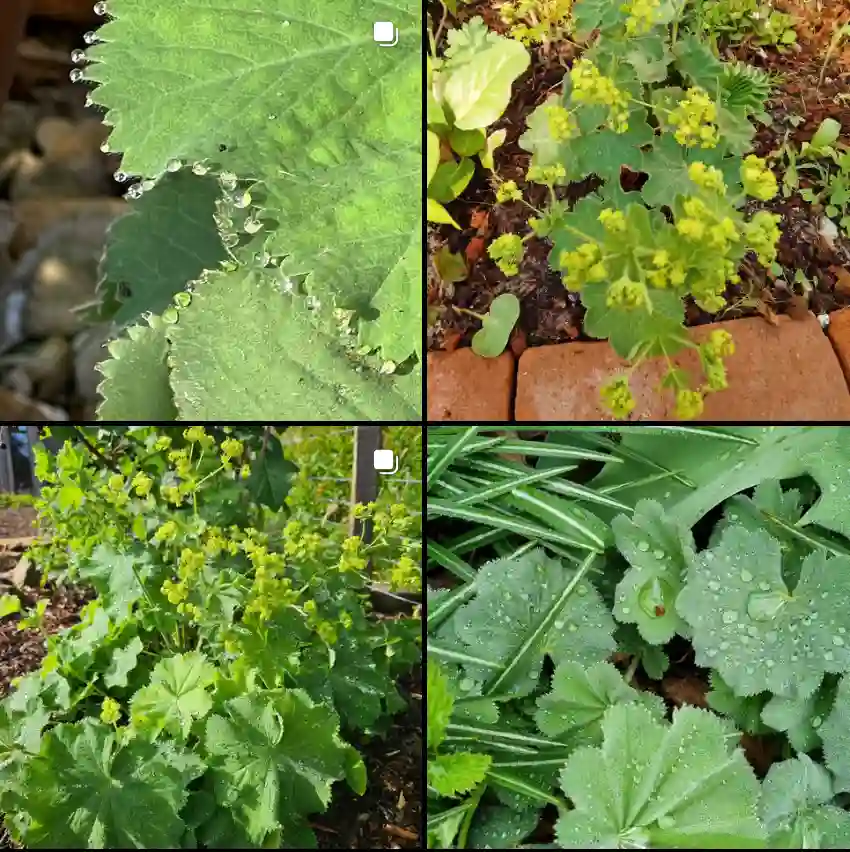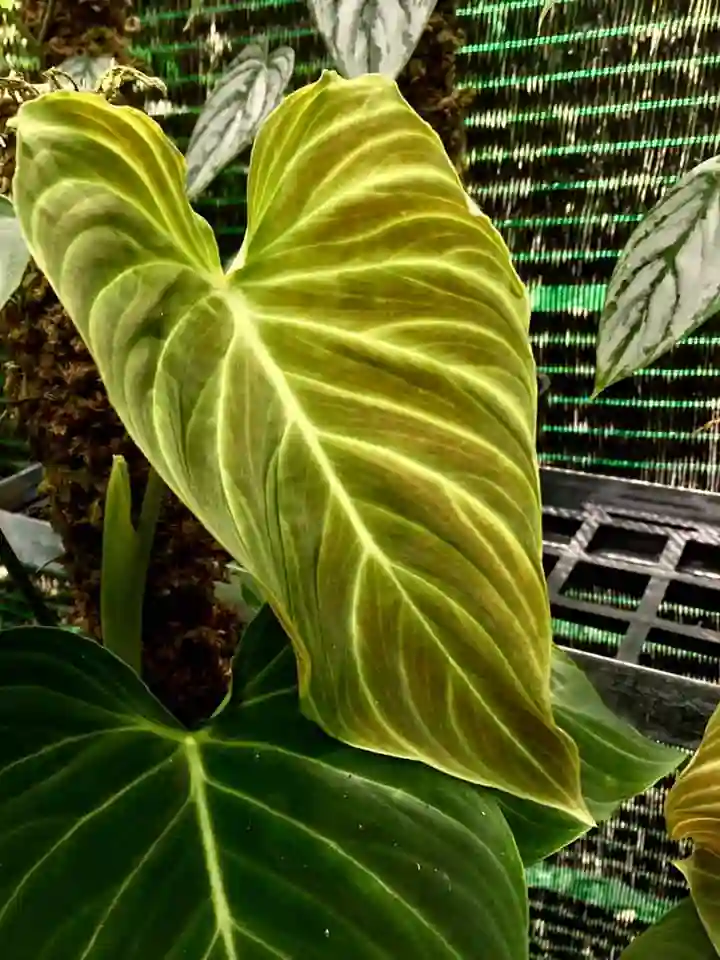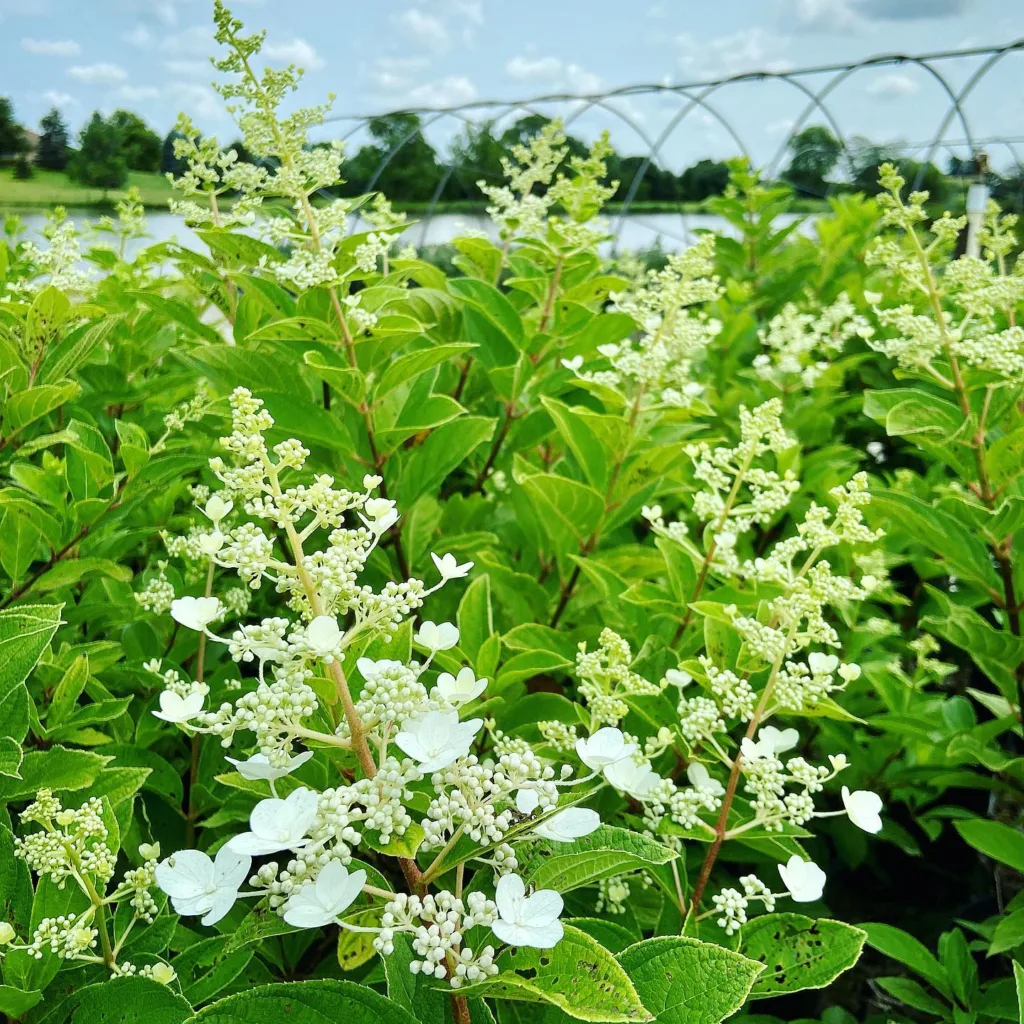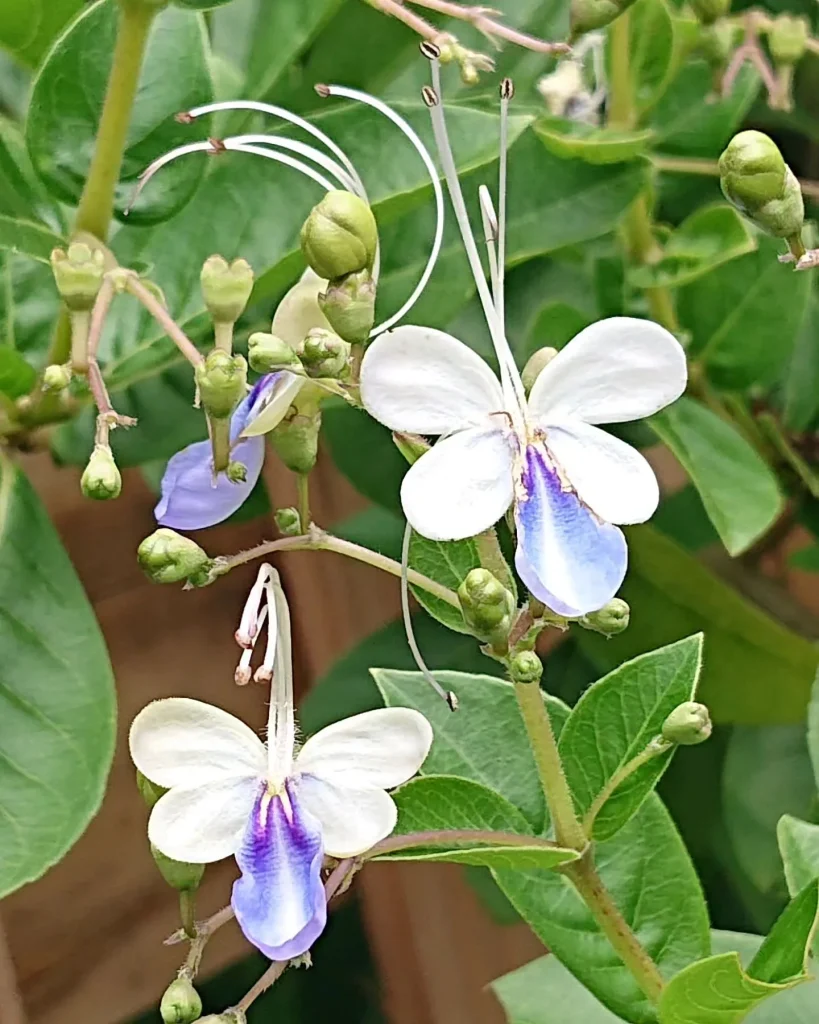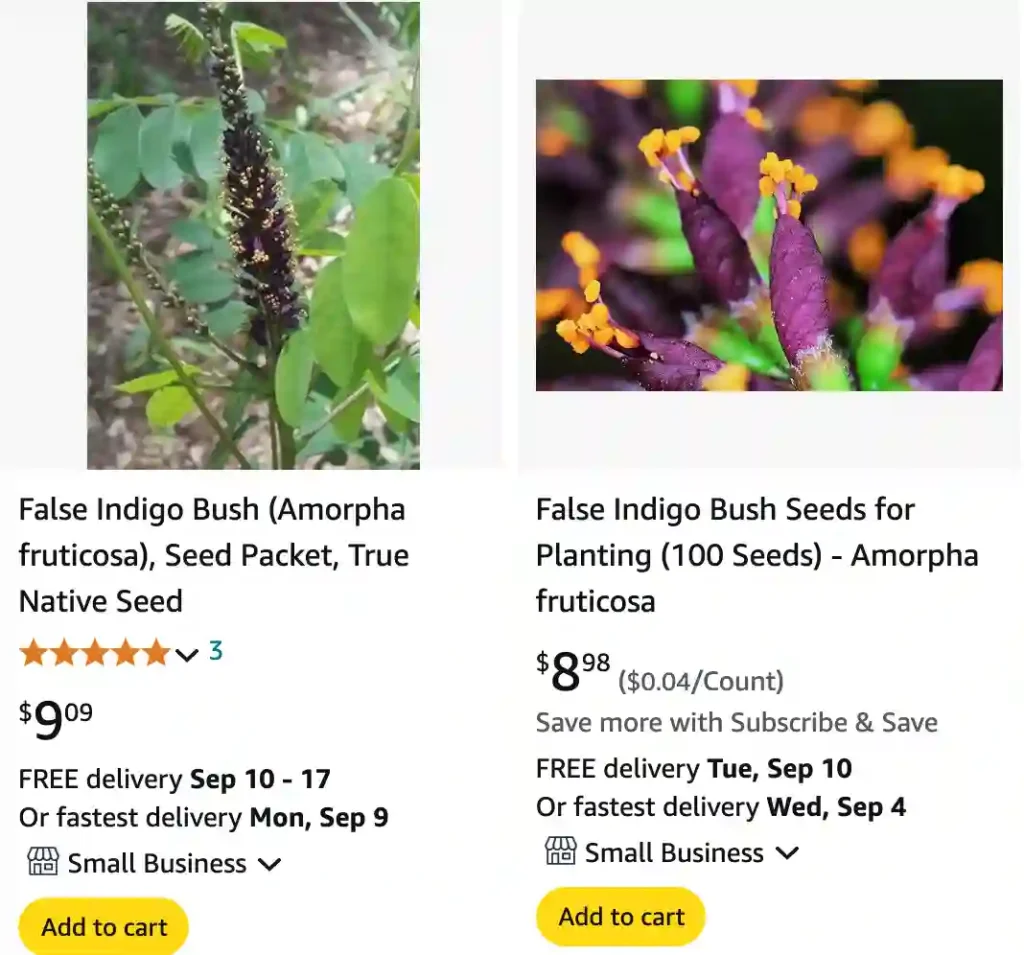
FAQs About Amorpha Fruticosa
I’ve often found myself intrigued by Amorpha Fruticosa, also known as False Indigo Bush, belong to the Fabaceae family. This resilient shrub has sparked many questions, so I thought I’d dive into some of the most frequently asked questions to help clarify any confusion surrounding this plant.
Plant Family: 796 Genera in Fabaceae
What Is Amorpha Fruticosa?
Amorpha Fruticosa is a deciduous shrub native to North America. It’s renowned for its distinctive, attractive foliage and its striking purple flowers that bloom in summer. The plant can reach up to 10 feet in height and spreads widely, making it an excellent choice for large garden spaces or naturalized areas.
Is Amorpha Fruticosa Native to Texas?
Yes, Amorpha Fruticosa is native to Texas. It thrives in various environments throughout the state, from the Central Texas Hill Country to the more humid East Texas regions. Its adaptability to different soil types and conditions makes it a valuable addition to many Texas gardens.
Will Bush Indigo Amorpha Fruticosa Grow in Coastal Oregon?
While Amorpha Fruticosa is quite adaptable, it may not be the best fit for coastal Oregon’s climate. The plant prefers warmer, drier conditions, whereas coastal Oregon experiences cooler, wetter weather. If you’re set on growing it in this region, consider choosing a protected, well-drained site to mimic its preferred environment as closely as possible.
How to Care for Amorpha Fruticosa?
Caring for Amorpha Fruticosa involves a few straightforward steps. It thrives in full sun but can tolerate partial shade. Water it regularly, especially during dry periods, but ensure the soil drains well to prevent root rot. Pruning is beneficial to maintain its shape and remove any dead or damaged branches. Fertilize in early spring with a balanced fertilizer to encourage healthy growth and flowering.
How to Propagate Amorpha Fruticosa?
Propagating Amorpha Fruticosa can be done through seed or cuttings. For seeds, sow them in spring after a period of cold stratification to mimic winter conditions. To propagate by cuttings, take hardwood cuttings in late summer or early fall. Rooting hormone can enhance success rates, and keeping the cuttings moist and in a warm, sunny location will aid in their development.
Is Amorpha Fruticosa Toxic?
Amorpha Fruticosa is not considered toxic to humans or pets. However, it’s always wise to avoid ingesting any plant material and keep an eye on pets that might be tempted to chew on the foliage.
Benefits of Amorpha Fruticosa
Amorpha Fruticosa offers several benefits. It’s a hardy plant that can handle drought conditions once established, making it low-maintenance. Its deep purple flowers attract pollinators like bees and butterflies, contributing to a vibrant garden ecosystem. Additionally, its dense foliage provides excellent screening and windbreak capabilities.
Common Problems with Amorpha Fruticosa
One common problem with Amorpha Fruticosa is its tendency to spread aggressively, which might be an issue in smaller gardens or areas where you want to control its growth. It’s important to monitor its spread and manage it through regular pruning. Additionally, watch for pests such as aphids and caterpillars, which can sometimes infest the plant.
Amorpha Fruticosa vs Amorpha Canescens
Amorpha Fruticosa and Amorpha Canescens, or Leadplant, are often compared due to their similar appearance. Amorpha Canescens is generally smaller, with a height of up to 3 feet, compared to the 10 feet of Amorpha Fruticosa. The flowers of Amorpha Canescens are usually more bluish in tone and appear in smaller, denser clusters. Both plants are hardy and offer similar benefits but differ in size and flower color.
Amorpha Fruticosa vs Baptisia Australis
Comparing Amorpha Fruticosa with Baptisia Australis, or Blue False Indigo, reveals a few differences. Baptisia Australis is a perennial herbaceous plant rather than a shrub. It grows up to 4 feet tall and features blue flowers, whereas Amorpha Fruticosa’s flowers are purple. Baptisia Australis is also known for its longevity and minimal maintenance needs, while Amorpha Fruticosa requires more space and regular pruning.
What to Plant With Amorpha Fruticosa?
When planting Amorpha Fruticosa, consider companion plants that complement its growth and provide a balanced garden aesthetic. Ornamental grasses, such as Feather Reed Grass or Little Bluestem, work well alongside Amorpha Fruticosa, as they add texture and movement. Additionally, perennial flowers like Black-eyed Susans or Coneflowers can enhance the visual appeal and attract more pollinators.
Can You Grow Amorpha Fruticosa Indoors?
Growing Amorpha Fruticosa indoors is not ideal. It requires ample space and natural light to thrive, conditions that are challenging to replicate indoors. The plant’s large size and specific care needs make it better suited for outdoor environments where it can reach its full potential.
I hope this answers your questions about Amorpha Fruticosa and helps you make informed decisions about incorporating this plant into your garden. Whether you’re in Texas or elsewhere, this versatile shrub can add beauty and functionality to your outdoor spaces.
If i die, water my plants!
